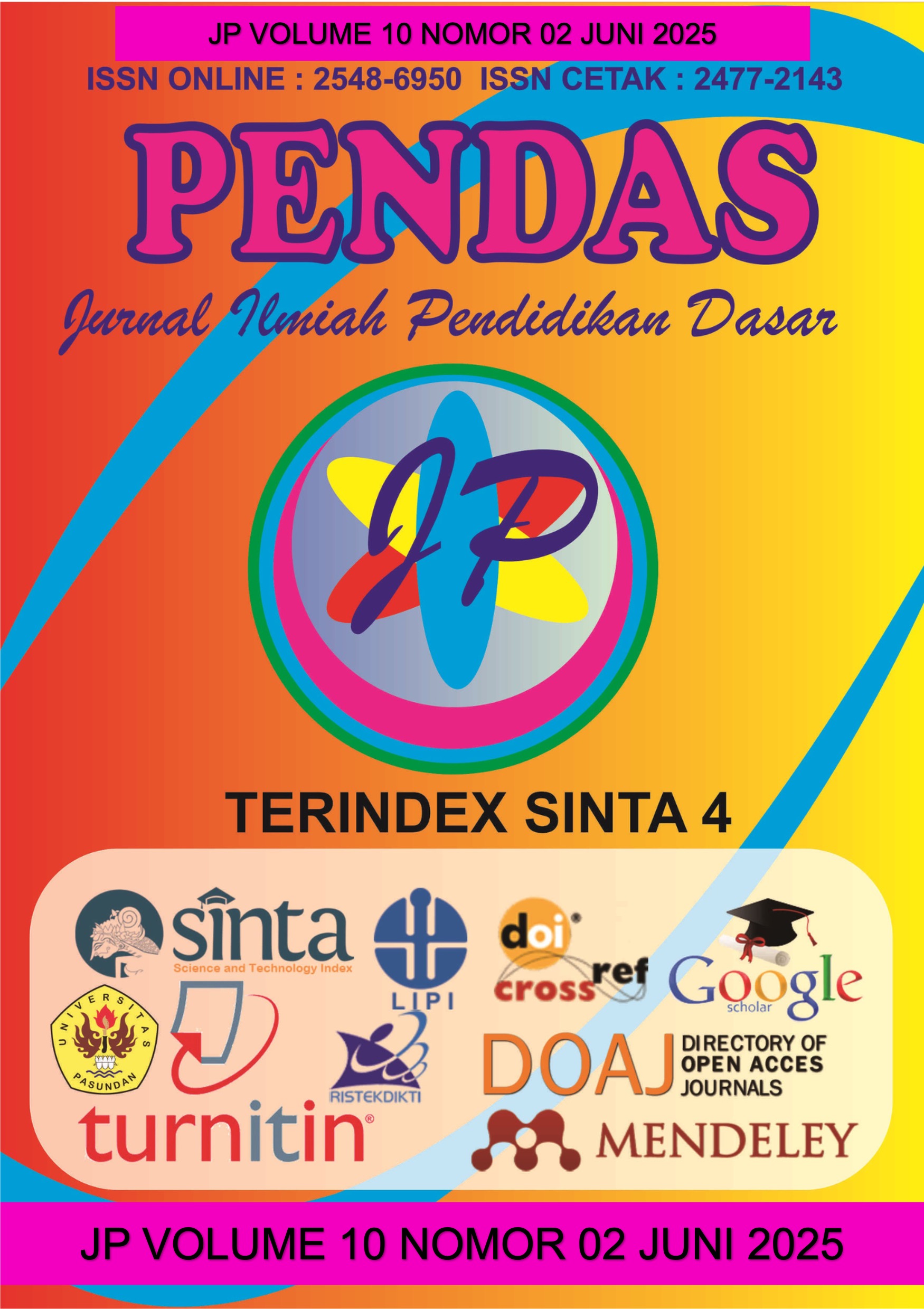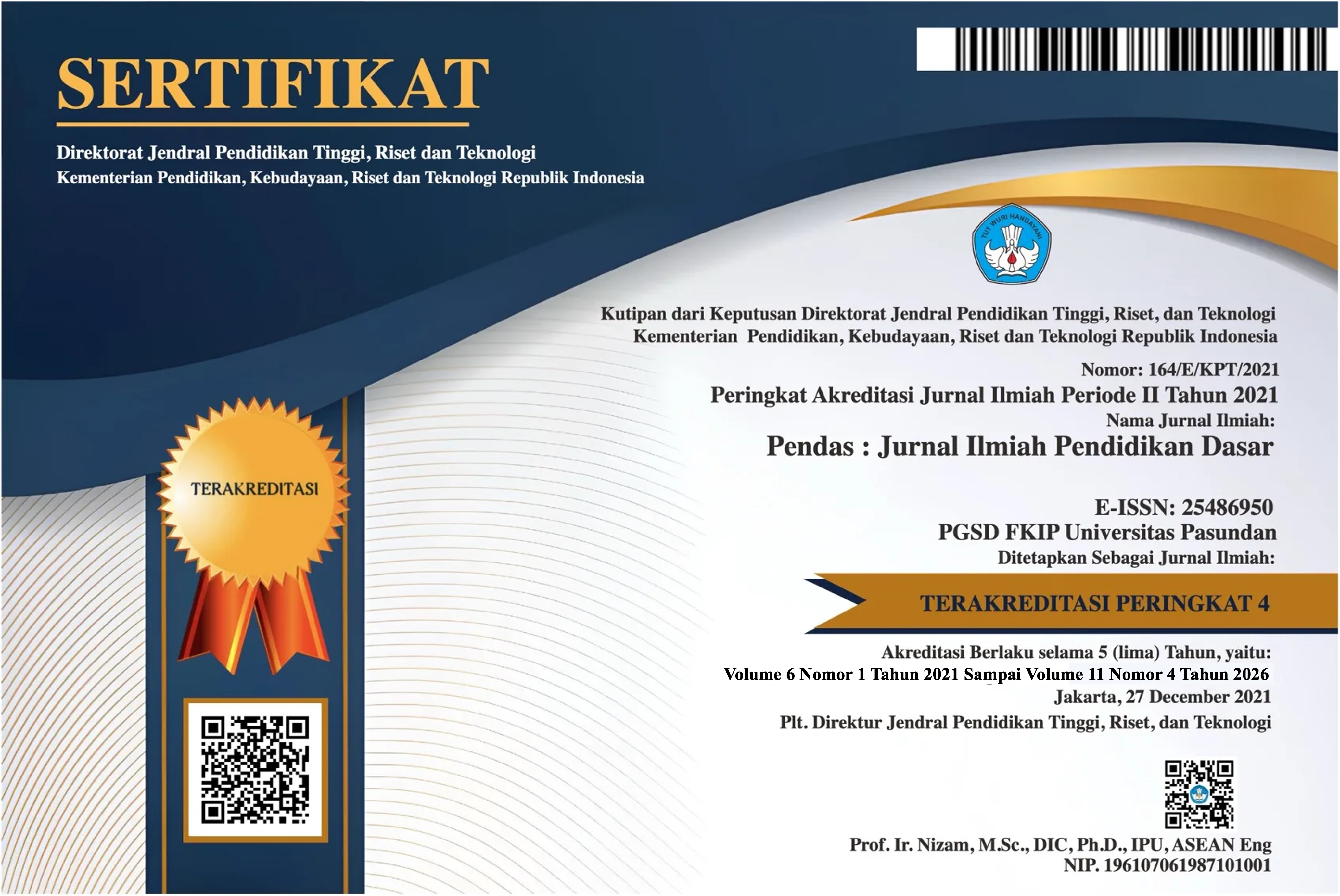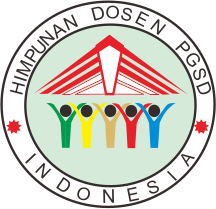Expressive Speech Acts in the Novel "A Midsummer Night's Dream" by William Shakespeare in John Searle's Theory
Keywords:
Speech Acts, Expressive, John Searle, Shakespeare,Abstract
The researcher focused on researching this novel because the dialogue is displayed not only as an aesthetic device, but also as a medium to express conflicts, emotions, and relationship dynamics between characters, especially through expressive speech. This study aims to analyze expressive speech in William Shakespeare's novel "A Midsummer Night's Dream" using John Searle's speech theory of speech. This research explores the role of language in shaping conflicts, conveying emotions, and reflecting social norms and power relations. The method used is qualitative descriptive with content analysis techniques against dialogue excerpts in the novel. The main source of data is obtained from the translated and original version of "A Midsummer Night's Dream". The data analyzed was in the form of dialogue excerpts that contained expressive speech acts. The data collection technique was carried out by purposive sampling to select speech that showed the emotional expression of the characters. The data collection technique is carried out by documentation through reading and recording dialogues. The data analysis technique used the category of expressive speech actions based on the Searle classification. The validity of the data is obtained through triangulation of theories and sources. The research procedure includes the reading of the manuscript, the classification of the dialogue, and the analysis of the meaning of the illocution. The results of the study showed that there were 63 expressive speech acts used to express love, anger, sadness, disappointment, surprise, and other forms of emotion. Characters such as Helena, Hermia, Lysander, and Demetrius became the main users of this act of speech. Expressive speech plays a role in bringing the love triangle conflict to life, depicting gender imbalances, and displaying the emotional transformation of the character. This study concludes that expressive speech acts function as novelistic tools that reinforce characterization, build plots, and reflect cultural values in literary works. These findings contribute to expanding the understanding of the role of language in emotional communication within classical literary texts.
Downloads
References
Alparizky, M., & Bahri, A. N. (2025). Artikel Analisis Semiotika Roland Barthes Dalam Film" Tuhan Izinkan Aku Berdosa". Jurnal Khabar: Komunikasi Dan Penyiaran Islam, 7(1), 247–263.
Arumdafta, A. C., & Pratiwi, M. R. (2024). Analisis Komunitas Virtual Strict Parents Terkait Ketidaknyamanan Komunikasi Anak Ke Orangtua. Jurnal Komunikasi Dan Kajian Media, 8(1), 19–33.
Asdah, A. N., & Safitri, N. A. S. (2025). Praktik Campur Kode dalam Interaksi Digital Mahasiswa Pendidikan Bahasa dan Sastra Indonesia di Media Sosial: Kajian Sosiolinguistik. DEIKTIS: Jurnal Pendidikan Bahasa Dan Sastra, 5(2), 906–918.
Astika, I. M., Murtiningrum, D. A., & Tantri, A. A. S. (2021). Analisis Tindak Tutur Ekspresif dalam Acara Mata Najwa" Perlawanan Mahasiswa". Jurnal Pendidikan Bahasa Dan Sastra Indonesia Undiksha, 11(1), 55–66.
Joubin, A. A. (2022). Local Habitations of A Midsummer Night’s Dream. Shakespeare Bulletin, 40(3), 417–437.
Lenaini, I. (2021). Teknik pengambilan sampel purposive dan snowball sampling. Historis: Jurnal Kajian, Penelitian Dan Pengembangan Pendidikan Sejarah, 6(1), 33–39.
Maharani, D., Simanjuntak, H. S., Cahyani, N., Hazizah, R., & Sari, Y. (2025). Makna dalam Era Digital: Kajian Semantik Terhadap Bahasa di Media Sosial Indonesia. Jejak Digital: Jurnal Ilmiah Multidisiplin, 1(4), 841–862.
Mantellato, M. (2023). Reversing Midsummer: Alexander Ekman’s Dance-Theatre Adaptation of Shakespeare’s A Midsummer Night’s Dream. Le Simplegadi, 23, 51–69.
Mourad, L. (2021). Impoliteness and power dynamics in intimate interactions: An analysis of Joe Blann’s ‘Things We Had.’ Language and Literature, 30(4), 315–340.
Mukminin, M. S. (2024). Tindak tutur ilokusi dalam lirik lagu Gala Bunga Matahari karya Sal Priadi (Kajian pragmatik). KOHESI: Jurnal Pendidikan Bahasa Dan Sastra Indonesia, 5(1), 46–57.
Nabila, A. A., Anwar, A. A., Afifah, H., Saidah, N., Neina, Q. A., & Yuniawan, T. (2025). Tindak Tutur Ilokusi dalam Video “Membedah 100 Hari Kabinet Prabowo” di Kanal YouTube Raymond Chin: Kajian Pragmatik. TUTURAN: Jurnal Ilmu Komunikasi, Sosial Dan Humaniora, 3(2), 106–129.
Nugroho, M. I. H., Hastuti, T. M., Pradwipta, D. A. C., Nismara, W. B. S., Fazri, Y. A. R. N., Utomo, A. P. Y., Kesuma, R. G., & Kurnianto, B. (2025). Analisis Tindak Tutur Ekspresif pada Program Kompetisi Pendidikan Clash of Champions by Ruangguru. Student Scientific Creativity Journal, 3(2), 25–56.
Razak, N. K., & Ratnawati, R. (2025). Penggunaan Metafora dan Makna dalam Diskursus Politik pada Media Sosial (Kajian Pragmatik). DEIKTIS: Jurnal Pendidikan Bahasa Dan Sastra, 5(2), 967–982.
Ricca, H., & Ambalegin, A. (2022). Expressive speech acts found in Love at First Swipe web series. CaLLs (Journal of Culture, Arts, Literature, and Linguistics), 8(1), 13–24.
Saadah, N., Listiyani, L., & Maisaroh, L. (2025). Variasi Bahasa Vulgar dalam Film (Pertaruhan) 2017: Kajian Linguistik. Jurnal Multidisiplin Ilmu Akademik, 2(4), 265–271.
Saleh, F., Yusuf, R., Rosvita, I., & Ibrahim, I. (2024). Tindak Tutur Ekspresif Menurut Searle Pada Interaksi Pembelajaran Siswa SMA 2 Sidenreng Rappang. Qalam: Jurnal Ilmu Kependidikan, 13(1), 49–56.
Salsabila, K. (2023). Research on the Translation of Indirect Expressive Speech Acts Identified in the Novel It Ends With Us. Jurnal Bahasa, Sastra, Dan Studi Amerika, 29(2), 47–58.
Sartika, S., Viladelvia, V., & Haliq, A. (2025). Illocutionary Acts in the Film" Dosen Ghaib: Sudah Malam atau Sudah Tahu". TOFEDU: The Future of Education Journal, 4(5), 1229–1238.
Seftiani, H., Dinata, S. A. P., & Diana, D. (2021). Analysis of Expressive Speech Acts in FWB Novel Pia Davina’s Work. International Journal of Science and Applied Science: Conference Series, 5(1), 186–195.
Stephenson, J. F. (2021). A Midsummer Night’s Dream. Shakespeare Bulletin, 39(4), 708–712.
Umat, W. I. A., & Utomo, A. P. Y. (2024). Analisis tindak tutur ilokusi pada film Dua Garis Biru karya Ginatri S. Noer (Kajian pragmatik). Lingua Franca: Jurnal Bahasa, Sastra, Dan Pengajarannya, 8(1), 129–138.
Waruwu, M. (2023). Pendekatan penelitian pendidikan: metode penelitian kualitatif, metode penelitian kuantitatif dan metode penelitian kombinasi (Mixed Method). Jurnal Pendidikan Tambusai, 7(1), 2896–2910.
Downloads
Published
Issue
Section
License
Copyright (c) 2025 Pendas : Jurnal Ilmiah Pendidikan Dasar

This work is licensed under a Creative Commons Attribution 4.0 International License.



















